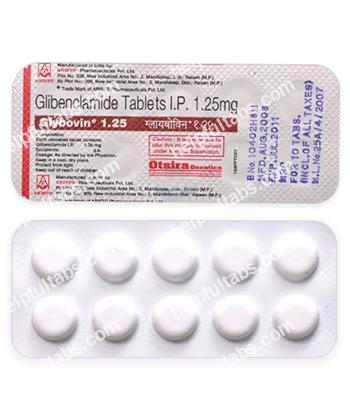
















| Country | Shipping method | Delivery time | Price | |
|
|
 Delivery Delivery |
14-21 days | 10$ | Tracking# available in 4 days |
 Delivery Delivery |
9-14 days | 30$ | Tracking# available in 2 days |
Micronase contains glyburide, a medication that helps lower blood glucose levels. It is part of the sulfonylureas class of diabetic drugs. Insulin, produced in the pancreas, reduces glucose synthesis in the liver and stimulates cells to absorb glucose from the bloodstream. Type 2 diabetes occurs when the body either does not produce enough insulin or fails to use it effectively. This leads to increased glucose production by the liver and insufficient insulin production, causing cells to become resistant. Micronase works by stimulating the pancreas to produce more insulin.
The initial dose of Micronase is typically 2.5-5 mg daily, with a maximum dose of 1.25-20 mg per day. It is recommended to take Micronase with the first main meal of the day.
Micronase should not be used in patients with allergies to similar medications such as chlorpropamide or glipizide, or those suffering from diabetic ketoacidosis. Symptoms of diabetic ketoacidosis include nausea, fatigue, excessive thirst, pain below the breastbone, and fruity breath.
If you miss a dose, take it as soon as you remember. If it is almost time for your next dose, skip the missed dose. Do not double the dose. Resume your regular dosing schedule the next day.
Overdose symptoms of Micronase include pale skin, seizures, coma, shallow breathing, and low blood sugar. Seek immediate medical help if you experience these symptoms.
Store Micronase at room temperature (59-77°F or 15-25°C), away from light, moisture, children, and pets. Do not use after the expiration date.
This information provides general details about Micronase and does not cover all directions, drug interactions, or precautions. It should not be used for self-treatment or self-diagnosis. Always consult your healthcare provider for specific instructions. We disclaim responsibility for any errors in this information or for any direct, indirect, or special damages resulting from its use or self-treatment.